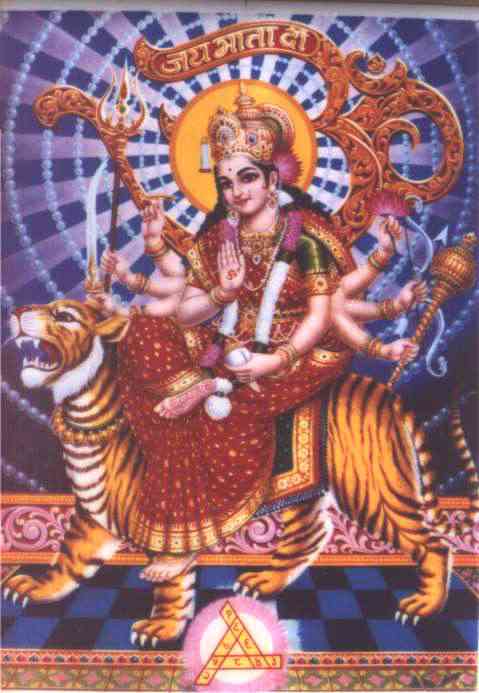
|
|
In jagratas, the Goddess is called upon to make herself a tangible, physical presence among her devotees. Devotees wait - often for hours - chanting, singing and making offerings to her. Frequently, after many hours, she will make her presence known by "playing", forcefully possessing someone in the room. Through the human medium, the Goddess can speak, give advice, grant boons and perform healing. This reaffirms for devotees not only the power of the goddess but also the belief in shakti, or the divine presence of the goddess in all matter. |


